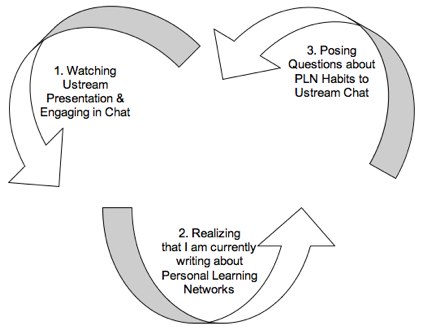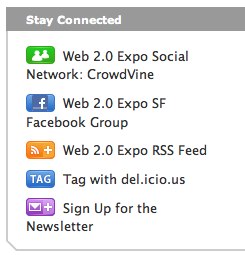 I was browsing through my aggregator yesterday, and found reference to this web site for for the web2.0 EXPO in San Franciscos, April 22-25. The site is cool, colorful, and decorated with a wide assortment of Web 2.0 company logos. But what really caught my eye was the little box that I’ve captured out and posted here in this blog. It says, “Stay Connected,” and it provides links to a number of ways that the conference is reaching out (tentacle mode) through it’s own social network (running on CrowdVine), a group in Facebook, a conference RSS feed, all bloggers posting from O’Reilly, a tag link for del.icio.us, and a link to sign up for an e-mailed newsletter.
I was browsing through my aggregator yesterday, and found reference to this web site for for the web2.0 EXPO in San Franciscos, April 22-25. The site is cool, colorful, and decorated with a wide assortment of Web 2.0 company logos. But what really caught my eye was the little box that I’ve captured out and posted here in this blog. It says, “Stay Connected,” and it provides links to a number of ways that the conference is reaching out (tentacle mode) through it’s own social network (running on CrowdVine), a group in Facebook, a conference RSS feed, all bloggers posting from O’Reilly, a tag link for del.icio.us, and a link to sign up for an e-mailed newsletter.
I would love to see more education technology conferences adopt this sort of out-reach. Conferences have never been an integral part of the job for most classroom teachers — and with budget cuts already starting to snip their way across the fabric of our education institutions, fewer educators will likely be packing up and driving or flying to the city convention hotel for three days of shared learning and energy-generating friction.
It’s all the more reason why education conferences need to shine more, to radiate ideas rather than rattle them in a box. Here are some ideas:
- Consider a social network for your conference. Although I remain skeptical about social networks, social networking is essential, and a few conferences have made brilliant use of them.
- Give presenters a wiki page to spread out their session descriptions, post presentation commercials, and generate discussion through the commenting feature.
- Give exhibitors a wiki page to spread out their description and to add special offers, schedules of booth presentations, and codes for door prizes.
- Establish and CLEARLY advertise conference tags for bloggers and photographers.
- Either aggregate photos and blog entries, or set up a conference page on Hitchhikr and link to that. (I’m considering doing a major rebuild of Hitchhikr.)
- Generate a tag cloud that represents the conversation that is the conference.
- If you have a social network or are connecting to profiles in some other way, ask attendees (physical & virtual) what’s on their radar, and post that, perhaps as a tag cloud.
- Keep the conference web site going. Continue to maintain it. Post videos and audio podcasts of sessions. It’s good for your community, and good advertising for your conference.
Any other suggestions?

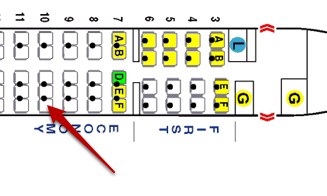 Today (Sunday), I hit the road again, flying to Colorado Springs to keynote a staff development institute for a large school district. After the keynote, I will hold roundtable discussions with four groups of educators. That should be fun and educational for me.
Today (Sunday), I hit the road again, flying to Colorado Springs to keynote a staff development institute for a large school district. After the keynote, I will hold roundtable discussions with four groups of educators. That should be fun and educational for me.
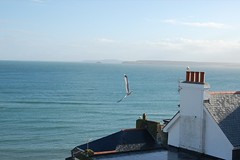
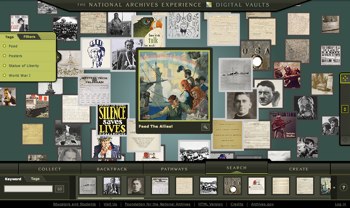 Related to this morning’s post about
Related to this morning’s post about 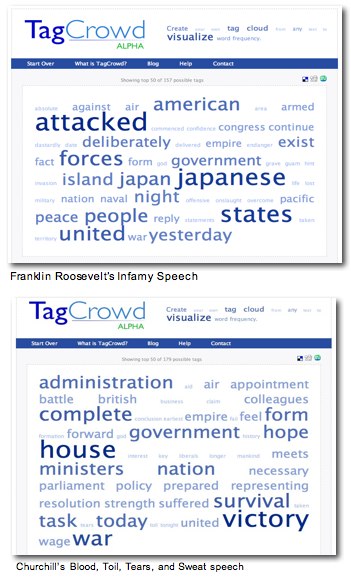 I’m currently preparing for a virtual presentation (10 minutes) that I will be doing with a specific and non-techie audience, about online databases and primary-source content. My angle will be using the information as a raw material. I have to confess that anticipating preparations for this presentation have not had me on the edge of my seat. I continue to dread virtual events. I’m an eye-contact guy. But as I have gotten into it, I am starting to get kind of excited about it.
I’m currently preparing for a virtual presentation (10 minutes) that I will be doing with a specific and non-techie audience, about online databases and primary-source content. My angle will be using the information as a raw material. I have to confess that anticipating preparations for this presentation have not had me on the edge of my seat. I continue to dread virtual events. I’m an eye-contact guy. But as I have gotten into it, I am starting to get kind of excited about it.  And so, here are some more future questions for your students.
And so, here are some more future questions for your students.
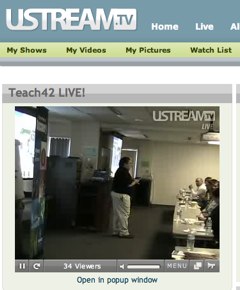 Yesterday, I got to sit by the fire in Starbucks, in the enviable position of being close to the warmth and the electricity. With my new USBConnect card from AT&T, I no longer have to sit by the drafty east door to sip from Panera Bread’s free WiFi.
Yesterday, I got to sit by the fire in Starbucks, in the enviable position of being close to the warmth and the electricity. With my new USBConnect card from AT&T, I no longer have to sit by the drafty east door to sip from Panera Bread’s free WiFi.